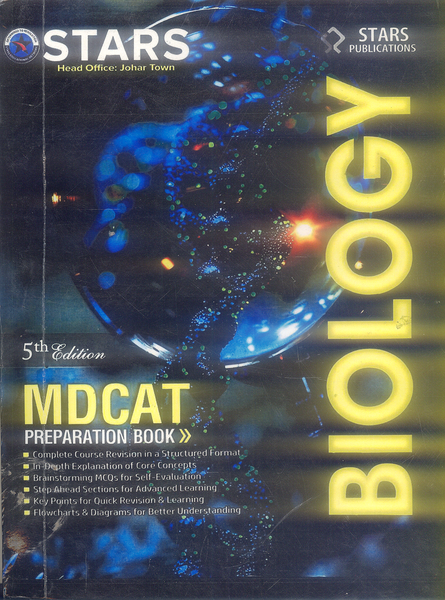Lagoons: Biology, Management and Environmental Impact by Adam G. Friedman (Editor)
- Publisher: BIOLOGY
- Availability: In Stock
- SKU: 49322
- Number of Pages: 512
Rs.1,090.00
Rs.1,295.00
Tags: Anthropogenic Impacts on Lagoons , Aquatic Pollution , best books , Best Price , Best Selling Books , Biodiversity in Lagoons , Biology , Climate Change and Lagoons , Coastal Development , Coastal Ecosystem Services , Coastal Erosion , Coastal Habitat Restoration , Coastal Lagoons , Coastal Management , Coastal Wetlands , Coastal Zone Management , Environmental Impact Assessment , Estuarine Systems , Eutrophication , Fisheries Management , Freshwater Biology , Integrated Coastal Zone Management , Lagons , Lagoon Conservation , Lagoon Ecology , Lagoon Fisheries , Lagoon Geomorphology , Lagoon Hydrodynamics , Lagoon Rehabilitation , Lagoon Restoration , Lagoon Sedimentology , Lagoons , Lagoons: Biology , Management and Environmental Impact , Marine Biology , Marine Conservation , Nutrient Cycling , ONLINE BOOKS , Online Bookshop , Sediment Dynamics , Sustainable Lagoon Practices , Water Quality Monitoring , Wetland Ecosystems
Lagoons: Biology, Management, and Environmental Impact
Editor: Adam G. Friedman
Quality: Black White Pakistan Print
🔹 Introduction
"Lagoons: Biology, Management, and Environmental Impact," edited by Adam G. Friedman, is a detailed exploration of lagoon ecosystems and their significance to both the natural world and human society. This book examines the biological, ecological, and environmental aspects of lagoons, addressing their role in marine biodiversity and the challenges they face due to human activities. It also provides insights into the management strategies necessary for the sustainable use and preservation of lagoon environments. The text is printed in black and white, making it an affordable resource without compromising on valuable scientific content.
🔹 Key Points
-
In-depth Biological Understanding: The book provides a thorough analysis of the biology of lagoon ecosystems, including the species that inhabit them and the ecological processes that sustain them.
-
Environmental Impact Analysis: It explores the significant environmental pressures affecting lagoons, such as pollution, climate change, and over-exploitation, and how these impact biodiversity and ecosystem health.
-
Sustainable Management Practices: The book emphasizes the importance of sustainable lagoon management practices, offering guidance on how to mitigate human impacts while preserving the ecological integrity of these unique ecosystems.
-
Global Case Studies: Case studies from around the world are included, illustrating the diversity of lagoon environments and the different challenges faced in various geographical regions.
-
Scientific Rigor: Written by experts in the field, the book is grounded in scientific research and provides readers with a solid understanding of lagoon ecology, management, and conservation techniques.
🔹 Why Read This Book
This book is ideal for those interested in understanding the complexities of lagoon ecosystems. Whether you are a student, researcher, or environmental professional, this comprehensive text provides essential knowledge on the biology and environmental challenges of lagoons. Its practical insights into lagoon management are invaluable for anyone working in marine conservation, coastal management, or environmental policy.
🔹 Conclusion
"Lagoons: Biology, Management, and Environmental Impact" is an essential resource for anyone involved in the study or management of lagoon ecosystems. It provides both scientific and practical perspectives on how to preserve these vital habitats amidst growing environmental pressures. Its black-and-white print makes it an affordable option for readers while still delivering in-depth, valuable content.

























